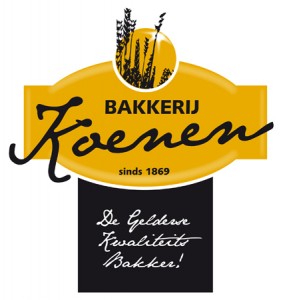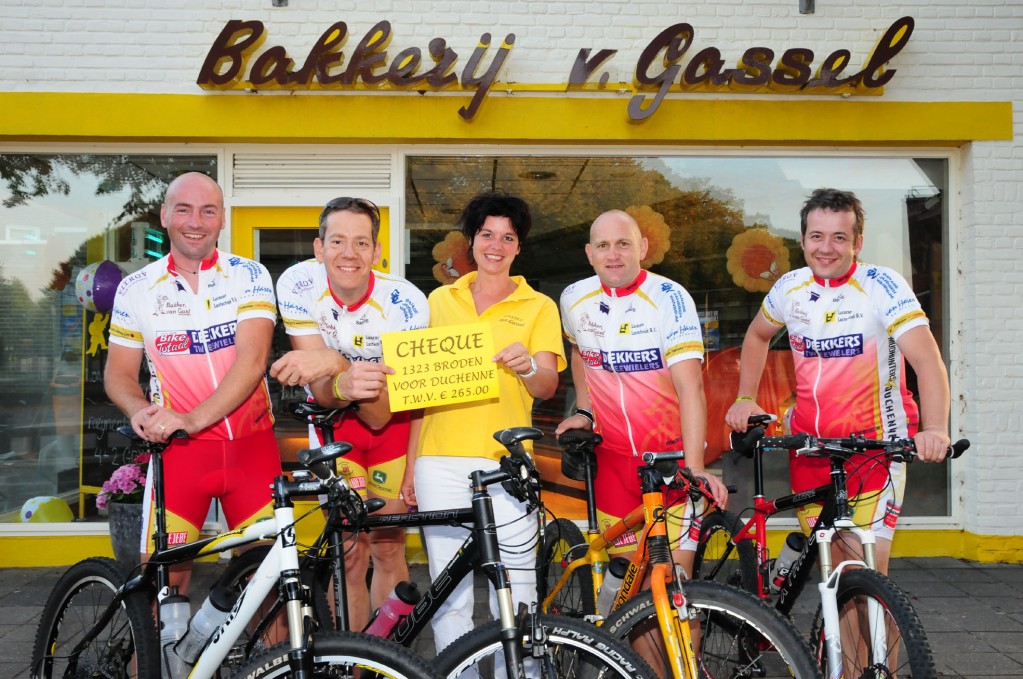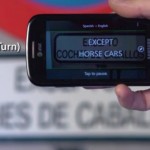I drove into Boulder, Colorado at midnight on Wednesday, my impulse to eat a late dinner nearly overbalanced by my need to declare the long day over. It turns out that, even with throngs of kids boozily wandering from bar to bar, this town doesn’t offer much in the way of late dining. There was one place— open at all hours, decorated like an elven village specializing in the mining of nearby foothills veined with Formica, and run by the bandanna-wearing disciples of some gentle Christian sect. They seemed to be connected with a yerba mate distribution enterprise, and along with deli delights and “artisan bread”, they proffered at least two dozen varieties of wholesome drink, hot and cold, soy, almond and dairy, based on the steeped foliage of Ilex paraguariensis.
And with a woozy slur I bethought myself, is yerba mate spelled with an accent on the e? Because then I guess I’ve been pronouncing it wrong.
No: my smartphone, battery gasping its last 3%, assured me that it’s spelled without any accents, and pronounced with the accent on the a. Ah: so the accent seems to have been added— “yerba maté”*— in order to give it an air of foreign mystery. Or perhaps as a kind of visual appendage to transform a workaday row of letters into a brand, sort of the way certain hair metal bands from the 80s deployed the umlaut.
(*If we read the accented text again in its language of origin, it more or less reads “herb I killed”.)
Anyway, whether it was fully intentional, half-intentional or just someone’s mistake, one way to console oneself about this orthographic quirk is to think of it as a deliberate hack, distancing the word from the English “mate”. In many gringo-mex restaurants one can see the same act being perpetrated on the word “molé”, which in its correct spelling might be confused with the English word “mole” (and it maybe does look like a sauce stewed from those, Macbeth style). Or there’s the burrito chain “Andalé”, a case in which surely the violation was committed in the first degree. I can almost imagine a pink-cheeked, shirtsleeved branding specialist pointing out that without the signifying accent, Andale would sound like the name of a suburb in Ohio.
Of course many English speakers don’t know what function these accents play in actual Spanish. Maybe I’m on thin ice here, but I’d guess that given how erratic English spelling is, there simply isn’t a strong sense among native speakers that spelling and sound are causally connected; “words are”, to quote a Lannister, “wind”. An accent then becomes just a typographic effect, like the swoosh under a signature, or an ectopic serif.
I’ll end this little SNOOTy rant** with an acknowledgement that this kind of drive-by linguistic appropriation and half-thought-through orthographic distortion is a fine example of the fertilizer that keeps our language perennially in bloom. Since English has existed at all, it has always been a messy business, all barbarisms and neologisms in varying phases of acceptance. From Caxton’s preface to Eneydos:
“And specyally he axyed after eggys. And the good wyf answerde that she coude speke no frenshe. And the marchaunt was angry for he also coude speke no frenshe but wold haue hadde egges and she vnderstode hym not. And thenne at laste a nother sayd that he wolde haue eyren. Then the good wyf sayd that she vnderstood hym wel.”
A few years ago, I got excited in front of a shop in Amsterdam, on which was emblazoned the Dutch word bakkerij. Notice how it looks in the following examples:
In five minutes of casual research I can’t find any source to confirm or deny this, but my theory is that the English “bakery” and similar –y endings for businesses might have come from the Dutch “ij”, written in styles predating humanist typography, and condensing, in a semi-literate squint, into a single convenient letter. Humanist friends, drop me a line if you know better...
**cf. David Foster Wallace, “Authority and American Usage” in Consider the Lobster.





















